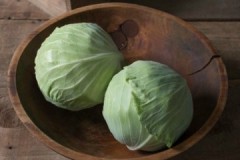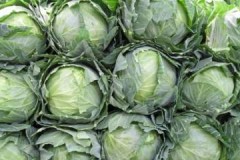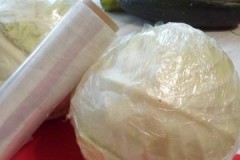List of cabbage varieties to store for the winter
 Delicious, healthy kale is one of the key foods in the diet. It is consumed fresh, and sauerkraut is one of the favorite dishes of almost every person.
Delicious, healthy kale is one of the key foods in the diet. It is consumed fresh, and sauerkraut is one of the favorite dishes of almost every person.
The popularity of cabbage forces breeders to develop varieties that can retain their nutritional and taste properties for as long as possible.
This article discusses the best varieties of cabbage for long-term storage fresh for the winter.
Content
Are all suitable for long-term fresh storage?
When choosing cabbage seeds, it is worth remembering: early varieties with very delicate, tasty leaves are not suitable for long-term storage.
 They are characterized by the following characteristics:
They are characterized by the following characteristics:
- a high indicator of resistance to negative weather conditions;
- high yield percentage;
- disease and pest resistance;
- heads of cabbage are dense and large (weight up to 6-7 kg);
- the taste of the leaves may improve during storage;
- the growing season is from 110 to 180 days.
You will find all the most important things about storing cabbage in this section.
List of the best
Among the variety of cabbage varieties, special attention should be paid to the following:
Aggressor
Hybrid variety bred by Dutch breeders. Dense, strong heads of cabbage made from succulent leaves are unpretentious to climatic conditions (withstand low temperatures), and also perfectly resist damage by fungi and other pests. Shelf life of heads of cabbage variety Aggressor - up to six months.
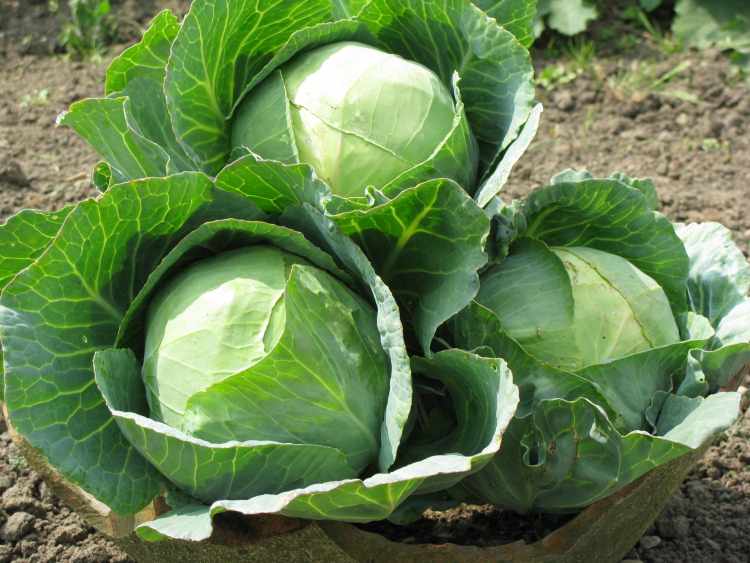
Mara
Small (weight up to 3 kg) tight heads of the Mara variety have a pleasant taste (leaves are juicy, sweetish, crunchy), and are resistant to transportation. Heads of cabbage are harvested only after full maturity (about 175 days after transplanting). Unripe heads of cabbage are stored much worse.
Cabbage is stored in the basement on shelves covered with straw or newsprint, laid out in one layer. It is important that the heads of cabbage do not come into contact with each other during long-term storage. As an option, the heads of cabbage are tied in pairs for storage and hung on a crossbar under the ceiling.
Cabbage well stored at temperatures from + 2 ° C to + 4 ° C, with an air humidity of 65%.
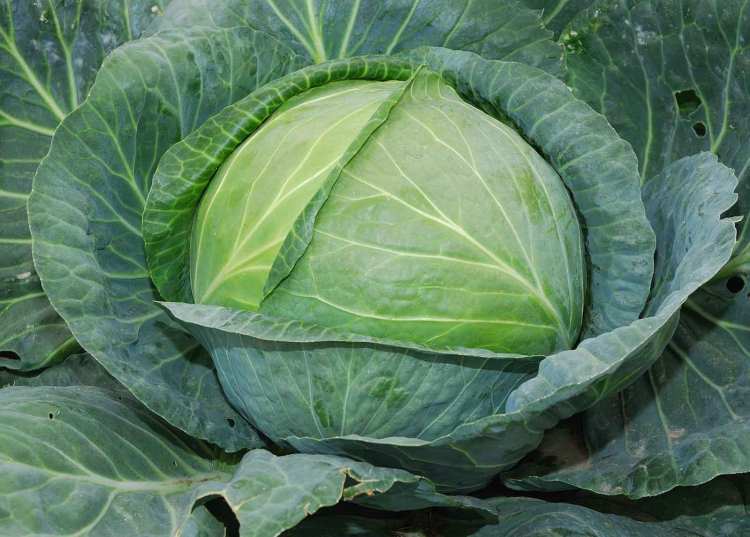
Valentine
The hybrid variety Valentina is distinguished not only by excellent taste, but also by resistance to frost, transportation over long distances. A head of cabbage of smooth, grayish-green oval leaves, weighing up to 4 kg. A small waxy coating can be seen on the surface of the leaf.
Cabbage ripens in late autumn. In a dry, clean room, it is perfectly stored all winter and spring... Dense, tight heads of cabbage perfectly keep their integrity during transportation.
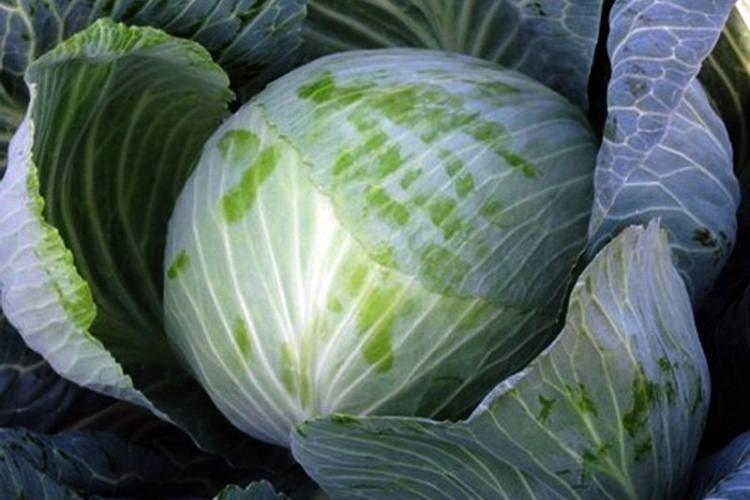
Snow White
The late variety Snow White is extremely appreciated for its taste and nutritional properties. The leaves contain the maximum amount of vitamins and microelements that are preserved even when the product is fermented and salted.
A dense, elastic head of turquoise (and inside white) leaves weighs up to 4 kg. Subject to the temperature regime (at least + 8 ° C) cabbage retains taste and appearance for at least six months.
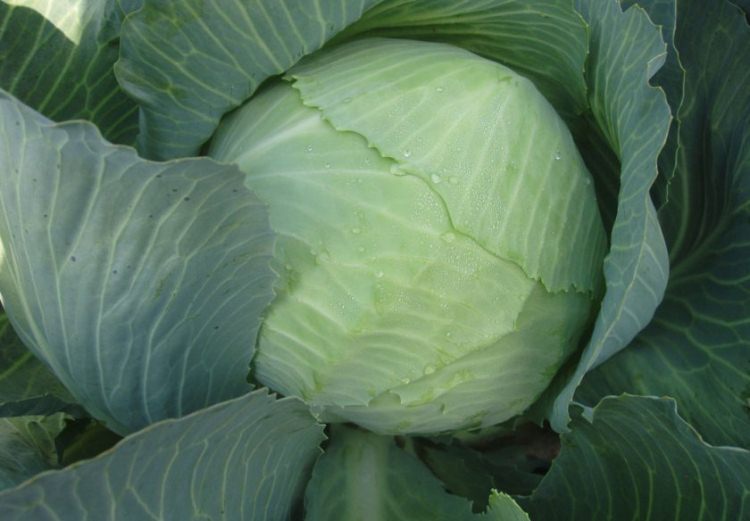
Aros
Late hybrid variety Aros is intended for long-term storage (up to eight months). Rather dense, the oval head weighs up to 3 kg, the leaves are juicy and have a pleasant, sweetish taste. Heads of cabbage are resistant to cracking and pathogens.
Cabbage is stored in a dry, cool (no more than + 5 ° C) room with a humidity of 90-95%.
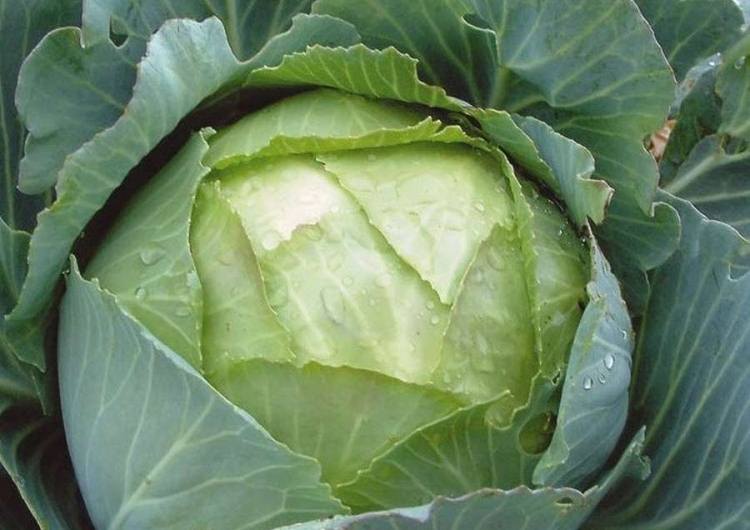
Geneva F1
The maximum shelf life of cabbage varieties Geneva is eight to nine months... The hybrid variety Geneva is perfect for growing in the harsh climates of Siberia or the Urals.
Round-shaped heads of cabbage reach a weight of 5 kg. The upper leaves are blue-green, on the cut, the head of cabbage is white.
A distinctive feature of the Geneva variety is dense veins, which is why the product is extremely rarely consumed raw. Best of all, cabbage is suitable for pickling and pickling.
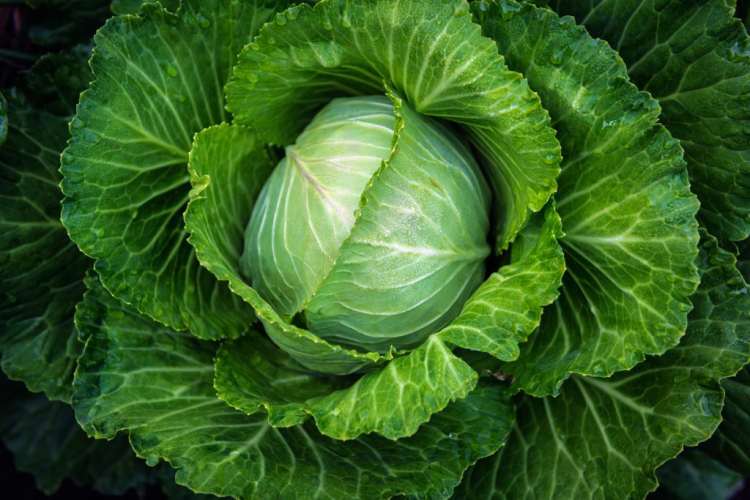
Wintering 1474
Late grade Wintering distinguished by particularly large head sizes that perfectly retain their taste properties all winter. The head of cabbage variety Zimovka is slightly flattened, consists of thin gray-green leaves, reaching a diameter of 120 cm.
Harvested from late September to October. To prevent heads of cabbage from rotting, they must be cut before the onset of the rainy season and low temperatures. The maximum cabbage variety Zimovka can withstand temperatures up to -6 ° C.
The cabbage is stored in a well-ventilated basement at an air temperature of - 1 ° C to + 2 ° C. Heads of cabbage can be laid out on a shelf, hung on a crossbar under the ceiling. If the cabbage is stored in crates, cover it with a layer of straw.
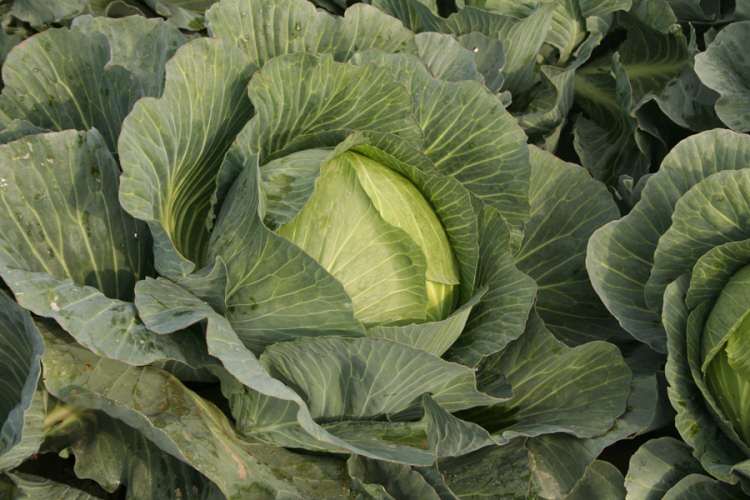
Stone head
Dense, slightly flattened heads of cabbage variety Stone Head have excellent taste characteristics (the leaves contain a large amount of sugar)... Heads weigh up to 6 kg.
Harvesting takes place in warm (+ 5-7 ° C), dry weather. Under optimal conditions, heads of cabbage retain their taste and nutritional qualities until spring.
The Stone Head cabbage is stored in a refrigerator or cellar (temperature does not exceed + 5 ° C) at a humidity of 90-95%. Wrapping heads of cabbage with paper or smearing with clay will help to extend the shelf life as much as possible.
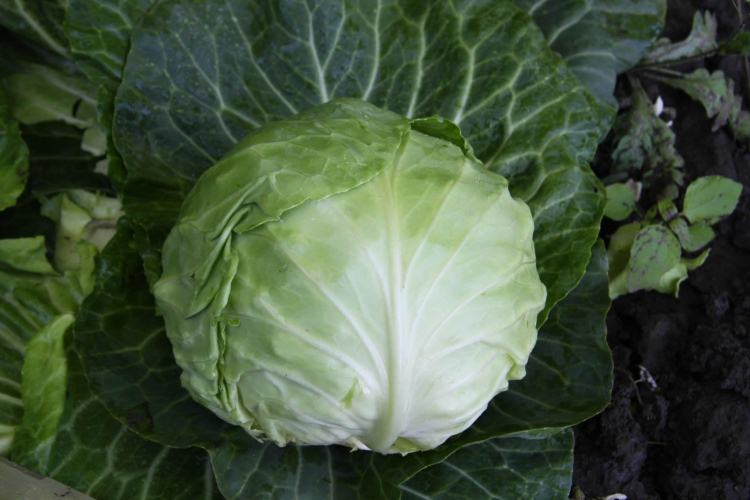
Lennox
A hybrid variety of cabbage imported from Holland. Pleasant taste (the leaves are consumed both fresh and in the form of salads, pickles), long shelf life (up to eight months) made cabbage of this variety very popular with domestic consumers.
A compact rosette unites large leaves of a grayish-green hue. The head of cabbage is covered with a thick waxy coating. A distinctive feature of Lennox cabbage is a high content of vitamin C.
Kaputa is stored in a basement at a humidity of at least 80%, an air temperature of at least 0 ° C.
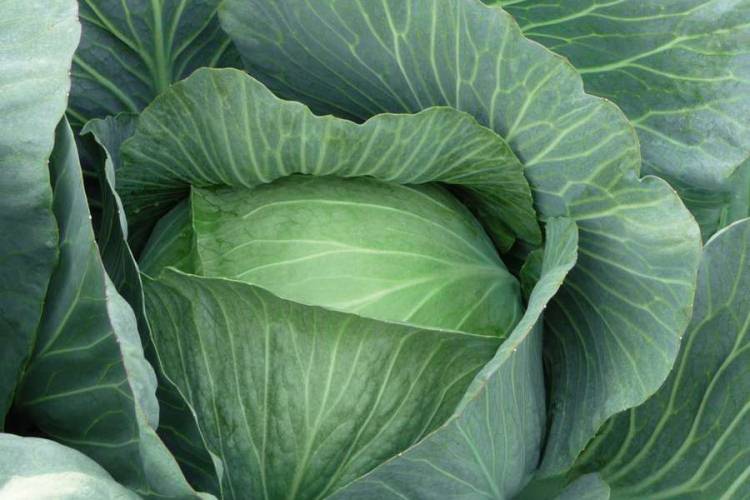
Moscow late
One of the oldest varieties, bred back in 1937, is Moscow late. Heads of cabbage are round, yellow-white leaves weighing up to 10 kg. Moscow late variety are distinguished by high yield rates, excellent taste and resistance to negative weather conditions.
A high keeping rate (heads of cabbage do not crack, do not dry out during storage) allows you to enjoy the taste and nutrients of Moscow late cabbage all winter.
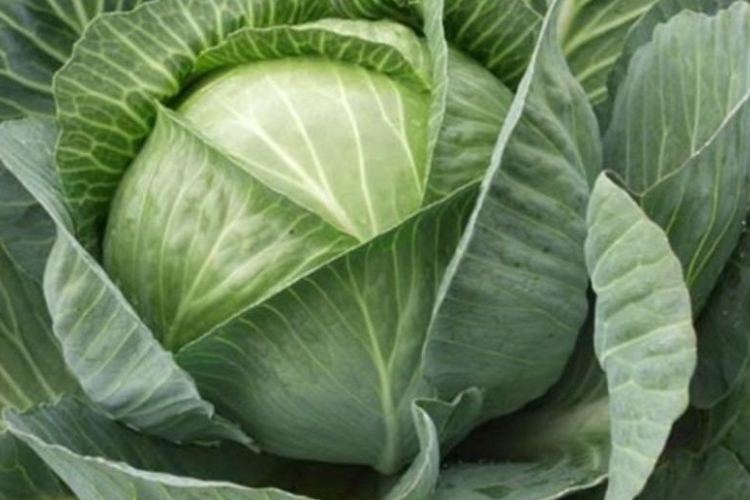
Glory
Heads of cabbage of the correct rounded shape (weighing up to 4.5 kg) have a delicate taste, suitable both for fresh consumption and for preparing pickles and salads.
Slava grade resistant to mucous bacteriosis, withstands sudden temperature changes.
Before storing the kaputa, it is necessary to carefully examine and remove the damaged, rotten leaves.
Subject to the necessary conditions, the appearance, taste and nutritional properties of Slava cabbage retains up to four months after harvest.
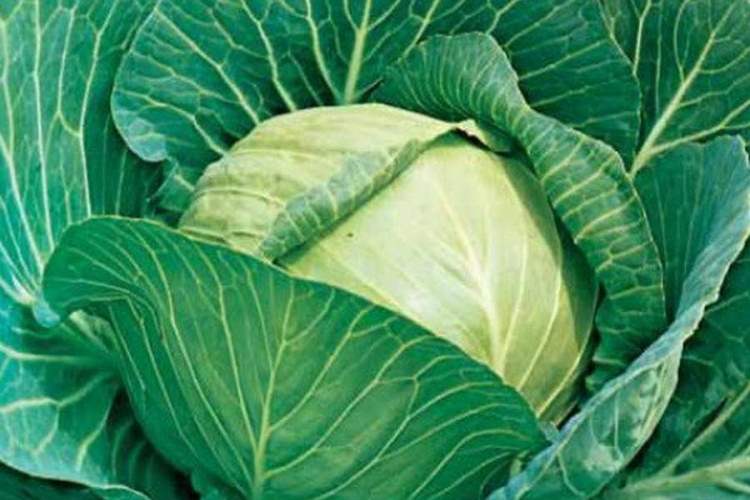
Kolobok F1
Hybrid variety Kolobok it is distinguished not only by the perfectly round shape of the head of cabbage and excellent taste, but also by excellent preservation characteristics (the product can be stored for up to seven months). Harvested from September to November. Signs of maturity are yellow lower leaves.
Store sorted heads of cabbage in a cool, dry (not higher than + 4 ° С) place. Kolobok cabbage is perfectly stored until May.
A peculiarity of the Kolobok variety is the bitter taste of leaves, which disappears during long winter storage.
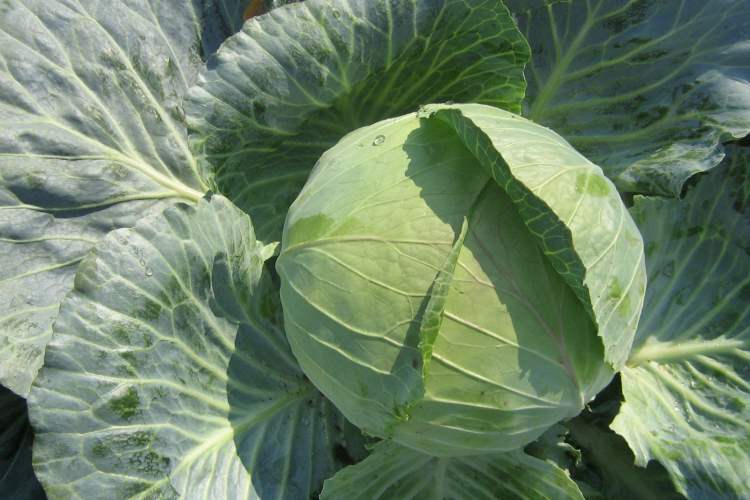
Dominant
Late variety Dominant distinguished by large, resilient heads of cabbage... On the cut of a white-yellow color. The leaves, which contain the maximum amount of vitamin C, are pleasant to the taste, suitable both for eating raw and for preparing salads and pickles.
Depending on the climate of the growing region, cabbage is harvested between October and November.
Cabbage is stored in bags or boxes, in a room with a temperature regime of -1 ° C to + 1 ° C, with a humidity of 95%. Subject to the necessary conditions, cabbage retains its nutritional and taste properties for eight to ten months.
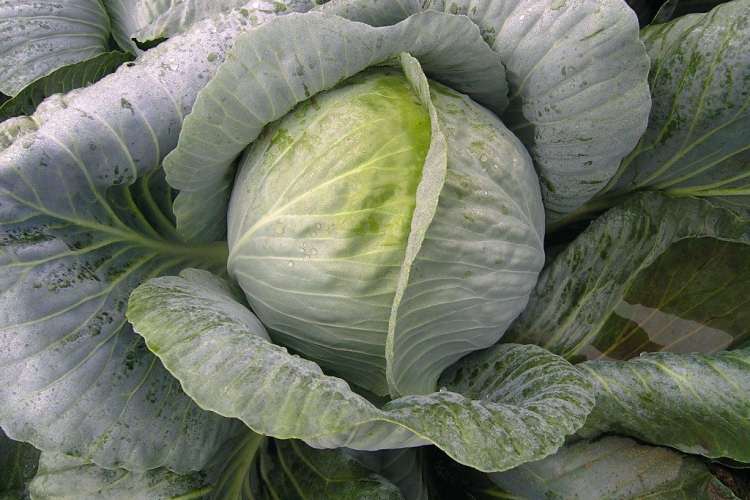
Creumont F1
A hybrid variety of Russian selection - Creumont cabbage. It is ideal for commercial cultivation. Dense, round heads of medium size (weighing up to 3 kg) perfectly retain their nutritional and taste qualities for six months from the moment of harvest.
The main thing is to put the product in a clean, dry, cool room with good ventilation. (basement or cellar is ideal). The optimum air temperature is up to + 4 ° C, humidity is 80-90%.
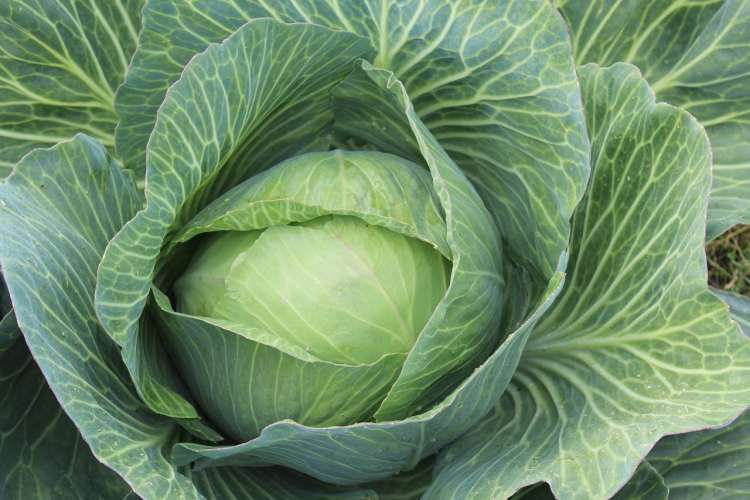
Orion F1
Late variety of cabbage, recommended for cultivation in the harsh conditions of the North Caucasus.
Heads of cabbage are dense, collected from rounded leaves. On the cut, there is a light creamy cabbage. Orion cabbage has a pleasant, mild taste, good keeping quality.
If the necessary conditions are maintained (humidity 80%, air temperature + 2 ° C), heads of cabbage retain their color, taste and juiciness from the moment of harvest to the beginning of May.
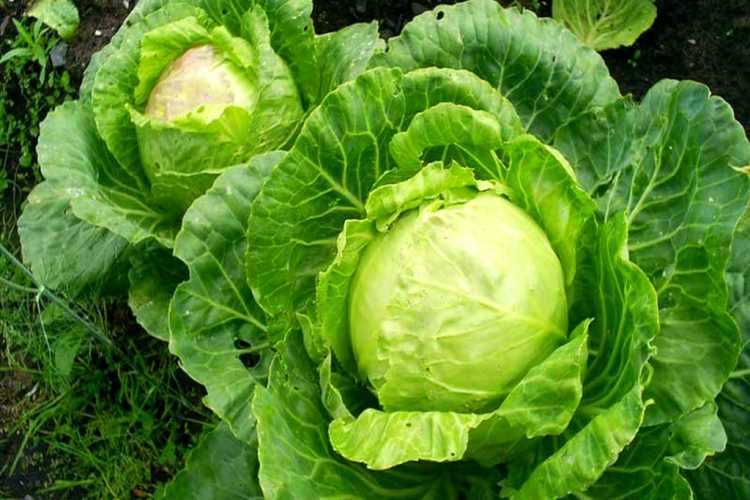
Conclusion
By choosing the best varieties for winter storage, you can prolong the period of enjoying the taste and nutritional properties of cabbage as long as possible.

